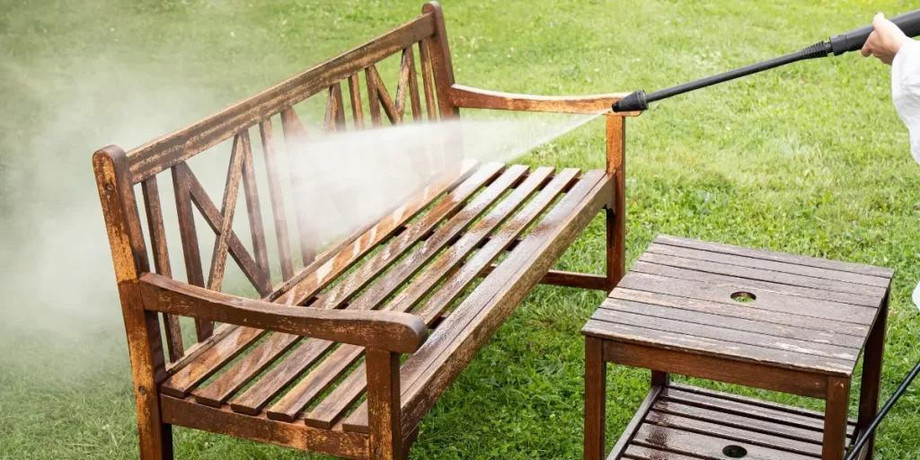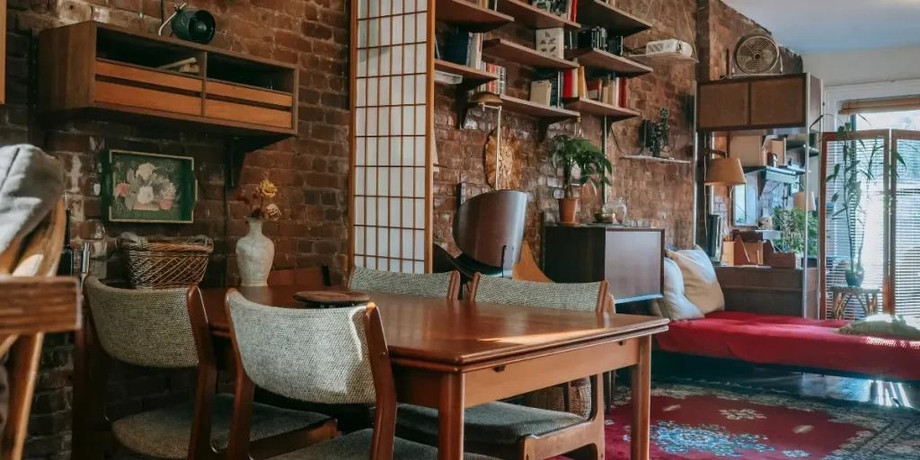Adding antique wooden furniture to your home is a fantastic way to bring a touch of classic elegance to your space. However, these cherished pieces require thoughtful care to maintain their beauty and value over time. Dust, dirt, and grime can accumulate, dulling their appearance. This guide will walk you through the steps to clean and restore your antique wooden furniture, ensuring it stays in top shape.
Understanding Your Antique Wooden Furniture
Antique wooden furniture varies widely, including types like oak, mahogany, and walnut. Each wood type has its unique features and requires different care. For example, oak is known for its toughness, while mahogany is prized for its deep, rich hue. Knowing the wood type and finish helps you choose the right cleaning methods.
Preparing to Clean Antique Wooden Furniture
Proper preparation is key to effective cleaning. Here’s how to get started:
-
Collect Your Cleaning Tools: Gather a soft-bristled brush, microfiber cloth, mild cleaning solution, and furniture polish.
-
Identify the Finish: Determine if your furniture has a wax, shellac, lacquer, or varnish finish. This knowledge will help you select the appropriate cleaning technique to avoid damage.
-
Assess the Cleaning Needs: Decide whether the furniture needs a light dusting or a more intensive cleaning for stubborn stains. This will guide your choice of cleaning products and methods.
Cleaning Antique Wooden Furniture
Cleaning antique wooden furniture might seem daunting, but it’s manageable with the right approach. Here’s how to tackle it:
Dusting Your Furniture
For dusty furniture, start by using a soft-bristled brush to remove loose dirt. Follow up with a microfiber cloth to gently wipe away remaining dust. Avoid abrasive materials or excessive pressure to prevent scratches. Once the dust is gone, apply a mild cleaning solution or furniture polish with a microfiber cloth. Test the product on an inconspicuous spot first to ensure it won’t harm the finish. Wipe off any excess with a clean, damp cloth.
Removing Water Stains
Water stains can be a common issue. To treat them, mix baking soda with water to create a paste. Apply this paste to the stained area and let it sit for a few minutes. Gently wipe away the paste with a damp cloth. Avoid scrubbing or using abrasive materials. If the stain persists, you might need to repeat the process. Ensure the area is thoroughly dry afterward to prevent future damage.
Fixing Scratches
To address minor scratches, use furniture wax or oil. Apply it to the scratched area and buff gently with a soft cloth. Avoid using abrasive tools or applying too much pressure. For deeper scratches, you may need multiple applications. After treating the scratches, wipe the entire surface with a microfiber cloth for a smooth, polished finish.
Maintaining Your Antique Wooden Furniture
Ongoing maintenance is crucial for preserving your antique furniture. Regular dusting, occasional use of furniture polish, and storing the pieces in a dry, cool environment away from direct sunlight will help maintain their condition. Avoid placing hot or cold items directly on the furniture to prevent damage.
Common Mistakes to Avoid
When caring for antique wooden furniture, steer clear of these common pitfalls:
- Harsh Chemicals: Avoid strong cleaning solutions that could damage the finish.
- Overzealous Scrubbing: Be gentle to prevent scratches and surface damage.
- Abrasive Materials: Stay away from steel wool or other harsh materials.
Always test any cleaning product on a small, hidden area before applying it to the whole piece.
Conclusion
Proper care and regular maintenance are essential for keeping your antique wooden furniture in excellent condition. By following these guidelines, you can avoid costly repairs and enjoy the timeless beauty of your pieces for years to come. Be mindful of common mistakes and adopt good cleaning practices to ensure your antique furniture remains a cherished part of your home’s décor.


